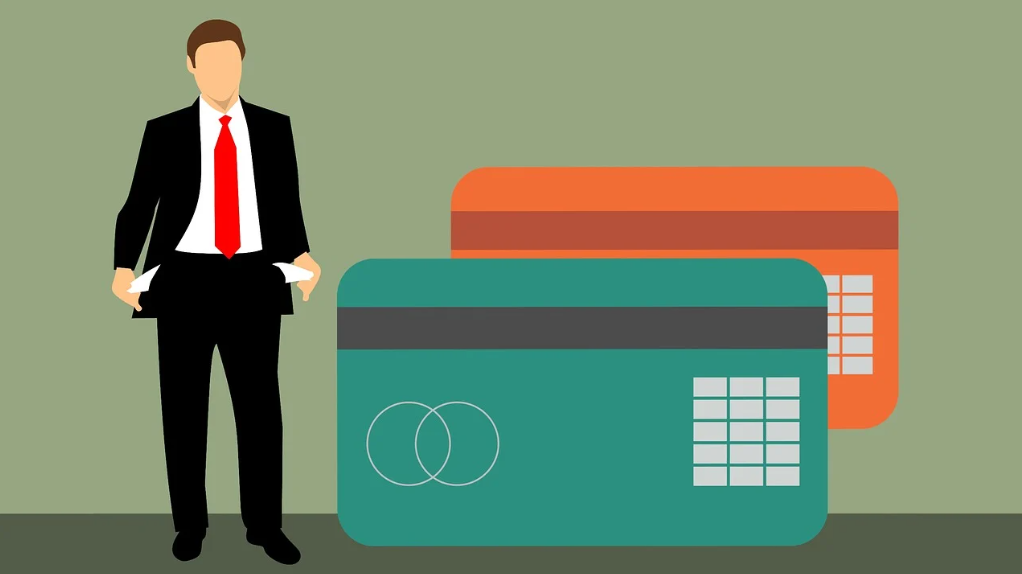From cards with customer details shifting to the back and now numberless cards, plastic money has been evolving in the last few years. Axis Bank recently partnered with fintech company Fibe, formerly known as EarlySalary, to launch India’s first numberless credit card. This latest product by Fibe and Axis Bank is one of the many innovations that the cards industry is seeing around the world. Powered by RuPay, the co-branded credit card adds another layer of security with no card number, expiry date or CVV printed on it.
With a numberless credit card, risk of identity theft reduces that enhances user security and privacy. Fibe Axis Bank Credit Card details can be easily accessed using the Fibe app, giving complete autonomy to users regarding their personal details. The card can also be used to make UPI payments.
Sanjeev Moghe, President & Head – Cards & Payments, Axis Bank, said, “This numberless Axis Bank card will prioritize the security of our customers while offering a robust financial solution that empowers the smart and ambitious youth of our nation. Our overarching banking strategy of being connected aims to foster inclusivity and enhance accessibility for the diverse and growing consumer segment.” While, Akshay Mehrotra, Co-Founder and CEO of Fibe said, “We aim to empower our users with a safe and secure payment ecosystem clubbed with the convenience of UPI payments thereby establishing a fresh benchmark in the credit card industry.”
Earlier this month, IndusInd Bank launched its app INDIE as a part of its digital 2.0 strategy. Apart from getting access to flexible line of credit and instant fixed deposits, IndusInd is also offering one-time use virtual debit card as well as a physical numberless debit card.
Companies like HSBC, Barclays and Halifax are some of the few who are redesigning their cards to shift information like card number, validity and name of the consumer to the back of the card. Singapore’s unicorn Grab launched Asia’s first numberless card GrabPay Card in 2019. According to a report, the recent change in card designs is about aesthetics in an attempt by banks to woo the “Instagram generation”.
With products such as these, fintech companies and banks are also looking to increase credit card usage that has been getting a tough fight from UPI or Unified Payments Interface. Growth in credit cards usage will in turn strengthen the credit ecosystem in India which is still in its nascent stage.
Credit Card payments vs UPI
According to Worldline’s India Digital Payments Report 2023 for H1 2023, UPI transaction volume increased by 62% from 31.95 billion in H1 2022 to 51.91 billion in H1 2023. The value of transactions of UPI increased by 47% from ₹56.59 trillion to ₹83.17 trillion.
In comparison, out of credit, debit and prepaid cards, only credit cards have seen an upswing. The number of credit cards were 88.68 million, 13% YoY growth while credit card transactions were 1.550 billion, an increase of 19.6% from H1 2022. Credit card transaction value in H1 2023 surged 30.5% as compared to H1 2022 to ₹7.94 trillion.
GlobalData, a data and analytics company estimates that card payments will grow by 28.6% in 2023 to ₹27.9 trillion ($337.1 billion). With an increasing preference for digital payments driven by economic growth and efforts by the Government, card payments value in India registered a robust growth of 26.2% in 2022.
Highlighting the reason for the growth in card payments, Kartik Challa, Senior Banking and Payments Analyst, GlobalData, said, “India has traditionally been a cash-driven economy, however, the usage of cash for payments is on the decline. Government measures such as reducing merchant service fees and providing subsidies to merchants for installing point of sale (POS) terminals are some of the key factors behind card payment market growth in the country.”
